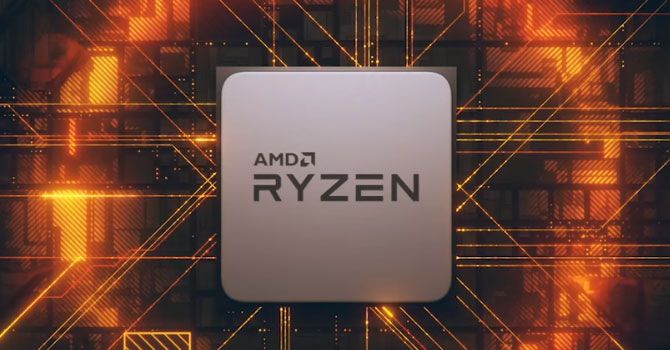A great Computex event is currently taking place in Taiwan. Yes, it is the largest component trade fair in the world, where companies compete with each other in presentations of their latest product achievements. Intel proudly introduced a 28-core processor for an enthusiast platform called HEDT. Imagine 56 threads? Imagine 64 now, because that’s how many 2nd generation Threadrippers from AMD will have!
The whole battle seemed to Intel to have been played in a masterful way. The huge ASUS motherboard, cooled by four tiny fans, powered a powerful 28-core processor. The heat was dissipated by the liquid cooling system, to which two GTX 1080 Ti graphics cards were also connected, with SLI plugged in. The whole was very impressive, but it’s an extremely powerful machine. The Hailea HC industrial refrigerator with a cooling capacity of 1770 W is harnessed for an operation to meet the challenge of liquid cooling. The device can achieve a water flow rate of up to 4000 litres per hour while cooling the liquid to 4 Celsius degrees.
To power this monster, Intel needed a 1.6kW power supply, cleverly hiding its large fridge under its desk, and it seemed like an all-in-one computer. Just such a small, not very significant trick. Nevertheless, during the presentation the processor reached a dizzying 5 GHz, and in the popular Cinebench R15 it scored as much as 7334 points. Is it impressive? Well, I’m sure it is. Imagine 56 threads? It doesn’t reach me any further, so while reading this news I was catching up with my head. I’m sure he’ll catch her again when I know the price of the monster. The 18-core i9-7980XE already costs 8,000 zlotys. A similar, 28-core processor designed for server devices – Xeon Platinum 8180 – exceeds PLN 50 thousand. I put my bets on about 30 thousand for 28 consumer cores.
Soon my surprise turned into a shock because the next day the heaviest guns decided to run AMD. It has done so with incredible success. The company was proud to announce that their most powerful 2nd generation Threadripper processors will have as many as 32 cores and 64 threads. The most powerful layout was made in 12 nm lithography, designed for the home user (for HEDT platforms) and supports all the features that found their way to the consumers. But this is not the most shocking in all…
While Intel needed a water-cooled fridge and great ingenuity to remove heat from its beast, AMD used classic air to cool the 32-core Threadripper. A new cooler called Wraith Ripper has been specially developed for this purpose. It is huge, it is true, but it is not a problem. Even better, the new AMD processors will be fully compatible with the currently available TR4 base (unlike Intel, which needs a new TR4 base – LGA 3647) and will be available in the third quarter of this year. Unfortunately, the prices are not known. It is known that AMD will release a version with 24 cores and 48 threads, in addition to a 32-core monster.
The era of very multi-threaded processors is slowly beginning. I’m looking forward to testing, but crossing the 8000 limit at Cinebench R15 is an unforgettable sight. On my well-worn Intel Core i7-7700K overclocked to 5GHz I managed to barely break through the 1100 points mark. And how much I had to think about. However, I am pleased with this situation, because of Intel, confident of its own, will have to tighten its belt and deliver something more, and in addition keep prices down in order to catch up with the competition.
AMD has been growing steadily since its launch and is doing an excellent job in the CPU market. In our laboratory, we have recently tested the performance of 2nd generation zones, as well as the popular low cost and high-speed APUs Ryzen 3 2200G and Ryzen 5 2400G. It is worth to take an interest in them, because they are cheap, good processors with a great promising platform. And if you have a 1st generation Ryzen, such as the great Ryzen 5 1600, you can easily replace it with a 7 2700X Ryzen. It will work on your old motherboard after the BIOS update and I bow to AMD – they deserve it!
What will these multi-core processors change in the market? Not much, in fact. This is followed by a platform for enthusiasts, or perhaps a percentage of the world’s population. Well, who will pay tens of thousands of zlotys for the processor? For us, ordinary computer users, the situation between AMD and Intel can be treated as a simple curiosity, but certainly, in a few years’ time, such a number of cores will be sent to ordinary processors. We already have 8 cores and 16 threads in Ryzenae 7, and it is said that the new Intel processors – Core i7-9700K – will also match that number. But what about AMD with the new 3rd generations. Maybe 20 threads?
